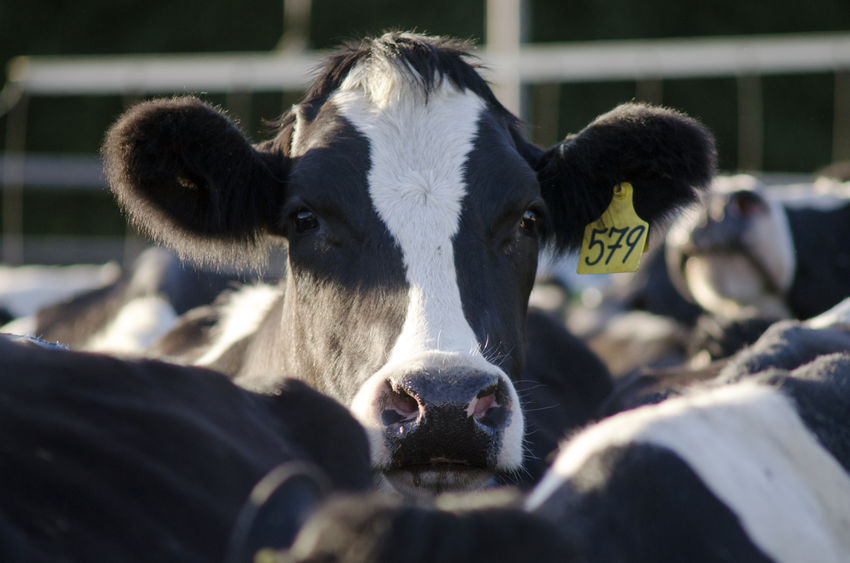
Increasing resting time by five hours in every 24 can help cows stay in the herd for two additional lactations, according to a livestock behavioural expert.
The modern dairy cow does not get enough resting time and that is shortening her productive life, Netherlands-based vet Joep Driessen warns.
On farms where the milking period lasts for four or five hours, cows can only get a maximum of nine hours resting time.
“If you can increase that resting time to 12 hours a cow will be in milk for an extra lactation or, if you can increase it to 14 hours, for two lactations," said Mr Driessen, of CowSignals.
A maximum milking time of two hours is ideal, he advised farmers at a recent Farming Connect webinar.
“It is unacceptable to have cows standing on concrete for more than two hours, even three hours is one hour too long," he added.
To achieve this, Mr Driessen suggests farmers should milk cows in groups.
In Europe, 20% of cows are lost in their first lactation yet it takes an average of 18 months in milk for a heifer’s rearing cost to be recouped.
Mr Driessen urged farmers to be aware of key physical signs, including empty rumens - an indent on a cow’s left flank is indicative of her rumen being empty: “Farmers want cows with full rumens; they should never be empty."
Awareness of these signs and meeting a cow’s essential requirements for food, water, air, light, rest and space can increase production and reduce costs.
Soft, comfortable beds are important when cows are housed - hock lesions are a good indicator of both cubicle comfort and the abrasiveness of bedding.
If less than 85% of cows in cubicles are lying down at any one time, farmers should work out why and rectify those causes. Minor changes are often all that are needed, he said.
He recommends that dairy farmers set a monthly goal to improve one aspect of cow, feed or housing management.
“That might be pushing the feed up more often so that cows always have feed, opening doors to let in more air or giving them more feed space," he said.
To achieve optimum intakes, allow 75cm of feed space per cow: “Very often feed is not available along parts of the feed passage within one or two hours of the feed being put out," said Mr Driessen.
“Spread the feed out along the whole length and cows will give you more milk," he added.
